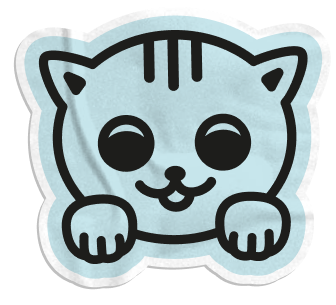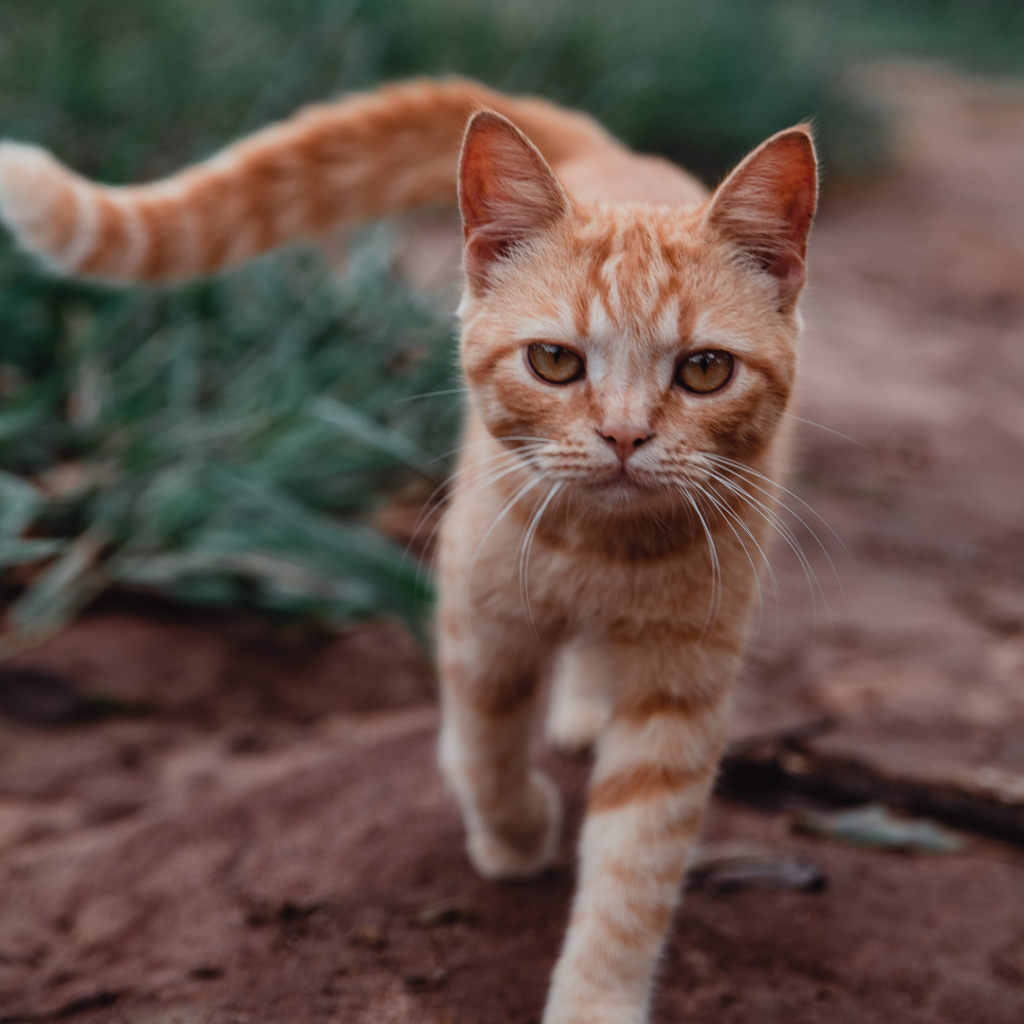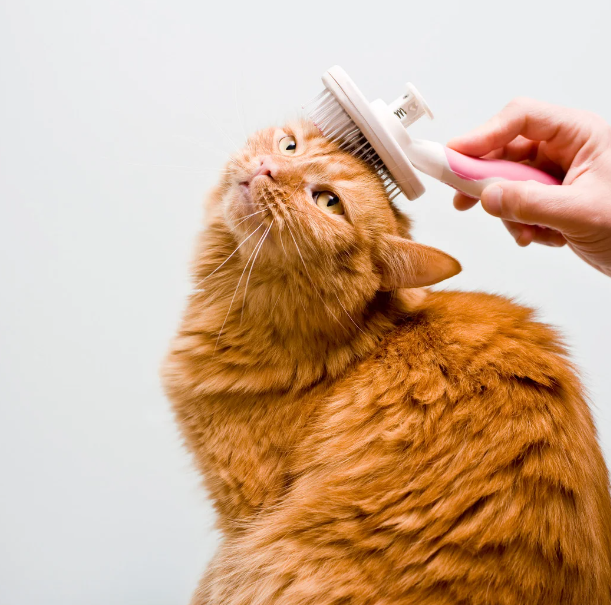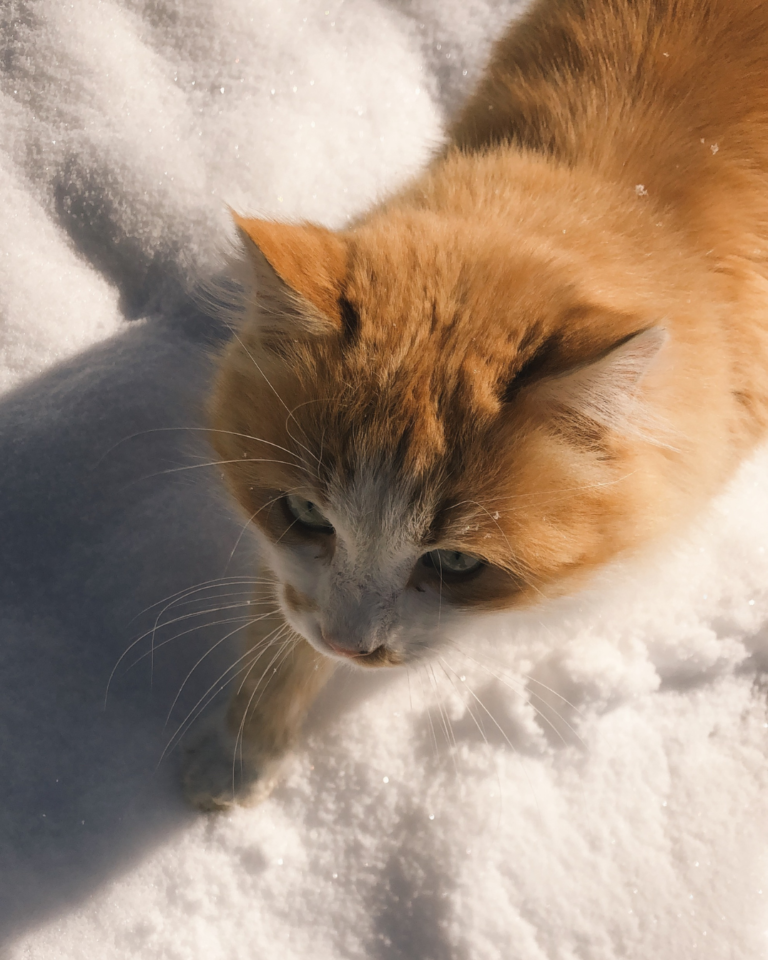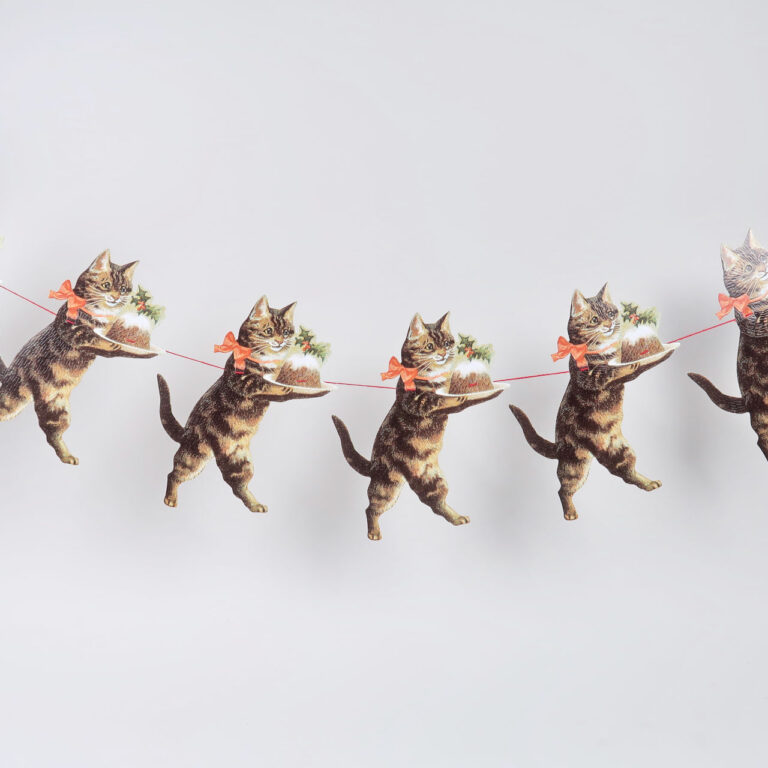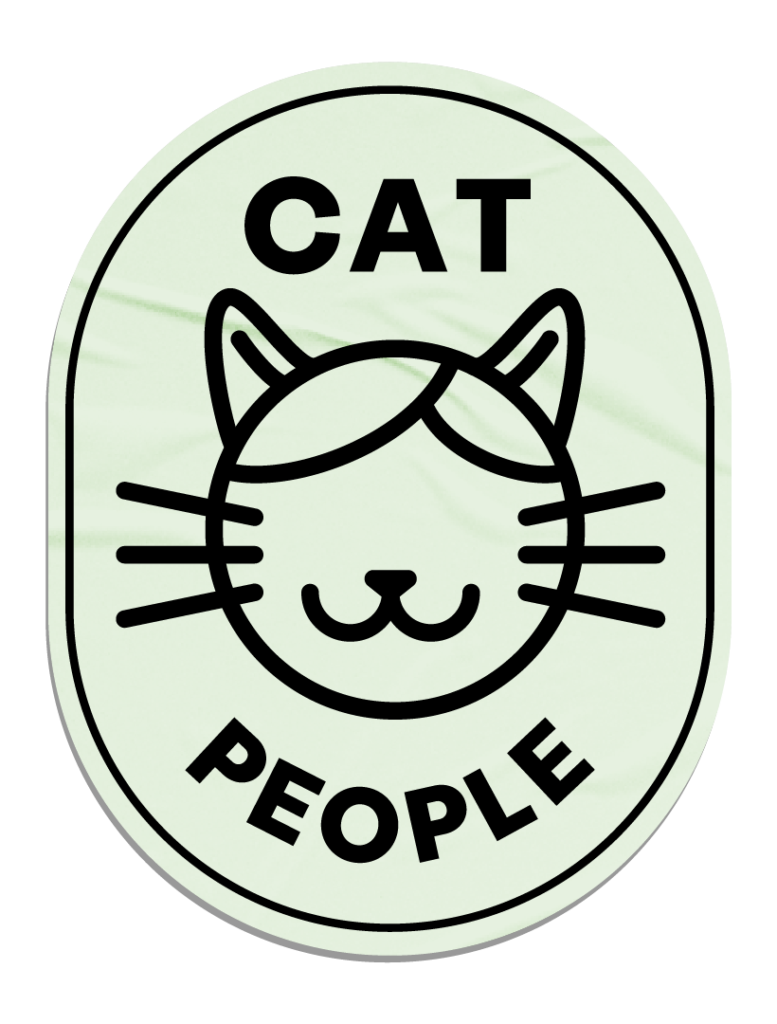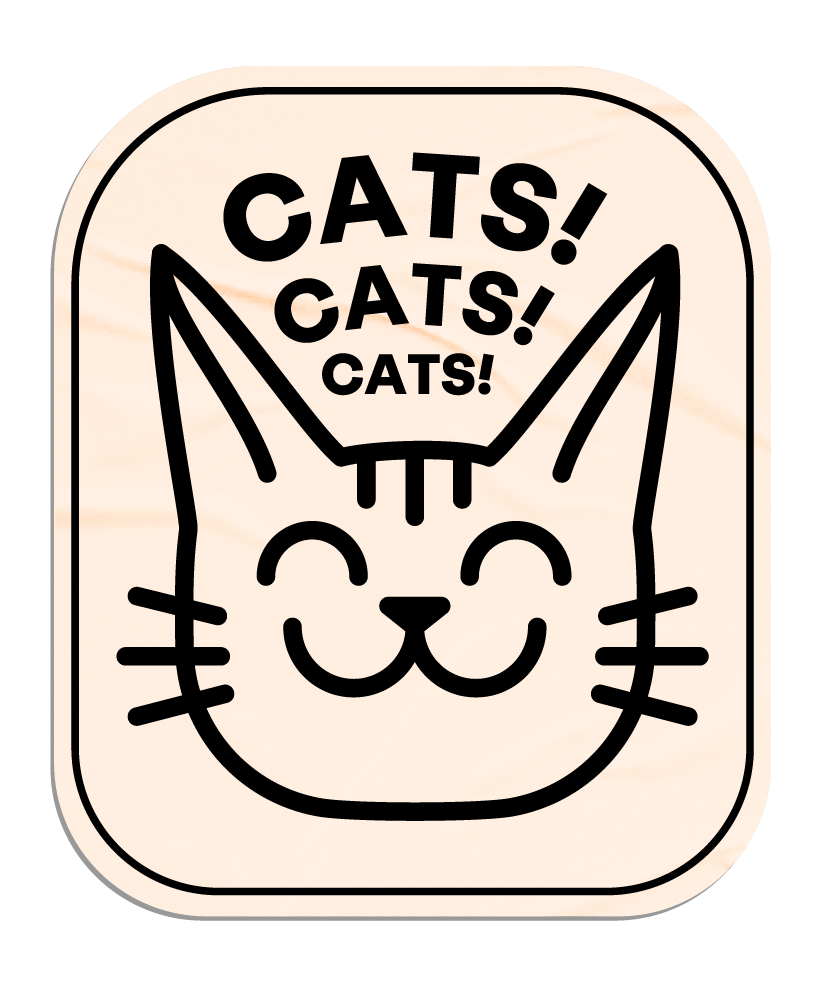Read time: 2 mins
Yes, you read that correctly, we’re asking why do CATS wags their tails. Much unlike their canine counterparts who lose entire control of their back end out of sheer excitement, our frisky felines can wag their tails for many reasons other than joy. So why is it that cats wag, flick and swish their tails and what does it really mean?
Cats are tricky characters that are often hard to read, especially when it comes down to their subtle body language. Probably a reason a lot of humans declare themselves ‘not cat people’ is the difficulty in deciphering what cats are really thinking, easily getting it wrong and being on the receiving end of a furry thump. Their tails, however, once you do a little research, are actually super expressive and can be the key to understanding exactly what mood your moggy is in. Let’s explore different types of tail twitch and what they might mean:
1. Quick twitch tail
Quick twitch tail – if your cat’s tail is twitching quickly and abruptly, this could be a sign of concentration. They’ll often do this when watching wildlife out of the window or even in the middle of play.
2. flicking tail
Low flicking tail – if your cat’s tail is flicking low and side to side, this is no doubt a sign they’re a little unsettled and probably need some space. It’s best to acknowledge this and back off so as not to enhance their annoyance.
3. Slow and low swish
Slow and low swish – On its own, the slow and low swish is usually another indicator your cat is irritated, but pair these slow swishes with some pinned-back years and you’ve got yourself a scared sphynx. This behaviour is usually apparent in an unknown environment like the vets or if they perceive danger or stress from a change to their environment.
4. The rattle tail
The rattle tail – a quivery tail, similar to a furry rattlesnake is actually the opposite of what you might expect. A high tail with a feather quiver is a sign your pal is perfectly happy to see you and are doing their little dance to demonstrate it. It’s usually accompanied by delightful purrs and the odd adorable head bump.
5. Super speed swish
Super speed swish – this type of tail, closest to a true wag, is usually seen mid-play. We’ve all seen the wiggle videos, the speedy swish is most likely gearing your kitten up for a big old pounce in a top-tier game of hide and seek. Different to the slow and low, in this instance ears will usually be up and alert, alongside some pretty wide eyes, ready to pounce.
6. The poof
The poof – most owners will have experienced their cat almost doubling in size when they see another cat as competition. This poofed up tail is a way to demonstrate dominance and appear bigger and scarier to defend their territory from invading felines.
7. The wrap-around
The wrap-around – is probably our favourite. When your furry is feeling the love/convincing you it’s time for dinner, you may be treated to the wrap-around tail, snaking around your ankles to show affection. What can we say, far too adorable, it works every time!
So there you have it, there are many reasons a cat’s tail might wag, but recognising which wag you’re dealing with and what that means is key to understanding your kitty and building the best bond with the expressive little beings.
